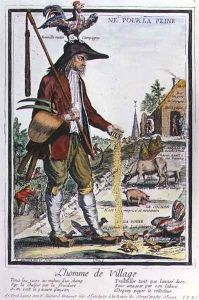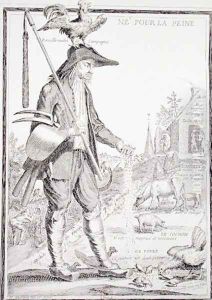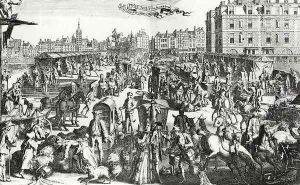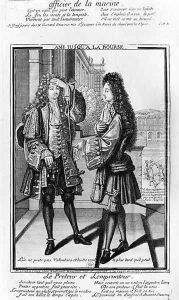Nicolas Guerard Paintings
Nicolas Guérard (also spelled Guerard) was a French engraver and printmaker born in 1648. Although not as widely known as some of his contemporaries, he contributed significantly to the art of engraving during the late 17th and early 18th centuries. His work included a variety of subjects, such as maps, architectural views, and decorative prints.
Guerard's style was typical of the Baroque period, characterized by elaborate ornamentation and a sense of movement. He was adept at both line engraving and etching, which allowed him to produce a wide range of tones and textures in his prints. His engravings often featured detailed and precise lines, reflecting the influence of the scientific and cartographic advancements of his time.
Throughout his career, Guérard produced works for various publishers and patrons, including the creation of plates for atlases and illustrations for books. His contributions to cartography were particularly notable, as his maps and city views were sought after for their accuracy and artistry. Despite his skill and the beauty of his work, Guérard did not achieve the level of fame enjoyed by some of his peers.
Nicolas Guérard passed away in 1719. While his name may not be as recognizable as other artists from the period, his engravings continue to be appreciated by collectors and scholars of printmaking for their craftsmanship and historical value. His legacy lies in his contribution to the development of engraving as an art form during the Baroque era, and his prints remain a testament to the rich visual culture of his time.



